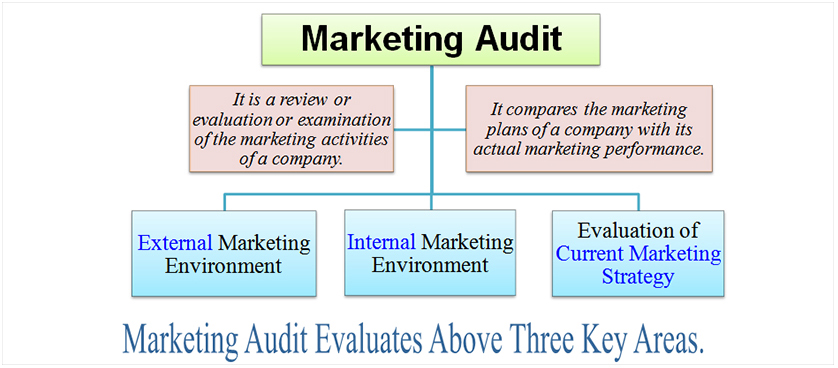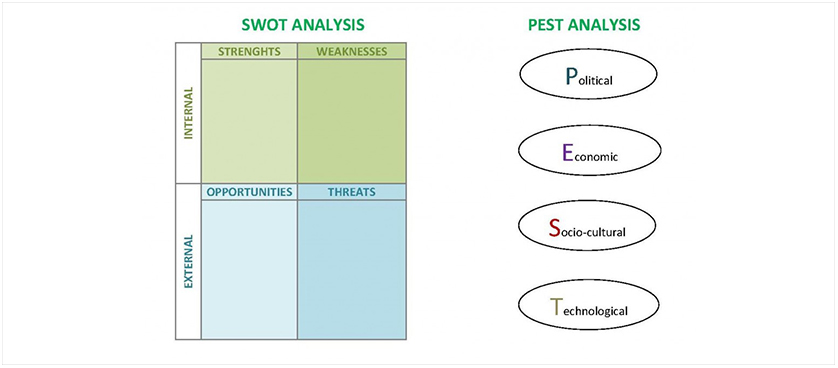SWOT unleashed: how to master strategic excellence

Image source: DAPA Images | Canva
In the world of strategic planning, the guiding light of SWOT analysis looms overhead, illuminating the path of organizations as they strive toward success. SWOT is an abbreviation of Strengths, Weaknesses, Opportunities, and Threats; it is an effective framework that empowers businesses to navigate the complexities of decision-making. It offers a structured lens through which organizations can examine their internal resilience, vulnerabilities, external openings, and looming challenges. This comprehensive analysis serves as the cornerstone for strategic planning, innovative thinking, resource allocation, and adaptive strategies.
At its heart, SWOT analysis is a well-organized exploration of what an organization does well and where it could improve (those are the internal bits), as well as the changes and challenges it faces from the outside world (that’s the external stuff). Think of it as seeing the bigger picture of where an organization is right now and where it might be headed in the future. It is more than just a tool; it’s a trusty compass that helps steer the ship through the twists and turns of business strategy.
The key components of SWOT analysis
A SWOT analysis can be broken down into four key parts, each offering a unique perspective on the organization:
Strengths are the internal factors where the organization shines and stands out from its competitors. They could be things like having a strong brand, a loyal customer base, solid financials, cutting-edge technology, or highly skilled employees.
Weaknesses point to areas where the organization needs to improve to stay competitive. These might include having a weaker brand, high employee turnover, too much debt, inefficient processes, or outdated technology.
Opportunities are external factors that could give the organization an edge. These opportunities can arise from changes in market trends, shifts in demographics, evolving consumer preferences, or new regulations.
Threats are external factors that pose risks to the organization. These may include things like increased competition, rising material costs, economic downturns, shifts in consumer behaviour, or disruptions in the supply chain.
To present a SWOT analysis effectively, analysts often use a four-quadrant table, with each quadrant dedicated to one of the four components. Internal factors, strengths, and weaknesses are usually listed in the top row, while external factors, opportunities, and threats are placed in the bottom row. Strengths and opportunities, which are positive aspects, are positioned on the left side of the table, while weaknesses and threats, which are concerning elements, are placed on the right side.
How to conduct a SWOT analysis
A SWOT analysis is not merely an academic exercise—it’s a practical tool for strategic planning. Here’s a step-by-step guide to conducting a SWOT analysis effectively:
- Identify your purpose
It’s crucial to have a clear focus, whether it’s evaluating a new product rollout, assessing a division’s performance, or guiding overall business strategy. Your objective will serve as a guiding star throughout the process.
- Collect required resources
Identify the resources and data you’ll need to conduct a thorough analysis. This includes both internal data, such as financial reports and employee feedback, and external data, like market research and industry trends.
- Compose insights
With your team in place, initiate a brainstorming session for each of the four SWOT components. Encourage participants to contribute ideas and insights, even if they seem unconventional. Internal factors should be explored for strengths and weaknesses, while external factors should be assessed for opportunities and threats.
- Filter outcomes
After the brainstorming session, you will likely have many ideas within each category. The next step is to filter and prioritize these findings. Engage in discussions and debates to determine the most critical strengths, weaknesses, opportunities, and threats facing the organization.
- Develop the strategy
Armed with a prioritized list of SWOT elements, it’s time to convert the analysis into a strategic plan. Your analysis team will produce the findings and provide guidance on the original objective. For example, if the analysis was conducted to assess cybersecurity issues like outdated systems, the strategic plan may recommend investing in better tech and checking security regularly or partnering with cybersecurity experts for assistance.
Real-world SWOT analysis examples
To show how useful SWOT analysis is in real life, let’s look at two real-world examples:
Tesla, Inc. effectively employs SWOT analysis in navigating the electric vehicle (EV) sector. Their strengths encompass innovative technology, a robust brand, and global reach, and their challenges include production issues and elevated costs. They find opportunities in the promising EV market and expansion into the energy sector while facing threats from intense competition and evolving regulations. Tesla’s strategic approach, influenced by this analysis, emphasizes innovation, global expansion, diversification into energy solutions, managing competition, and compliance with regulations.
Amazon, the global e-commerce giant, exemplifies how SWOT analysis shapes strategic choices. Its strengths encompass e-commerce dominance and a culture of innovation. Challenges include slim profit margins and counterfeit products. Opportunities are found in expanding markets and global reach, while threats come from intense competition and evolving regulations. Amazon’s strategy revolves around customer-centric innovation, diversification, global expansion, marketplace integrity, competition management, and regulatory compliance. This SWOT-influenced approach ensures that Amazon maintains its leadership, fosters innovation, and adapts to changing market dynamics by leveraging strengths, addressing weaknesses, seizing opportunities, and mitigating threats.
Just like how we use different tools for different tasks, the SWOT analysis isn’t our only option. It’s more like a trusty friend that works alongside other friends in your planning adventure. Through SWOT analysis, you can make smarter decisions, be more creative, and adapt to changes in the world—as you would with good friends by your side.
**********************
This article is written by Chadia Abou Ghazale, a seasoned banking professional with 24 years of experience and who excels in budgeting, sales performance management, data analysis, and resource planning. Beyond banking, she is a dedicated reader of self-development topics and passionate networker. Chadia believes that life’s purpose is the pursuit of knowledge. Her extensive expertise and unwavering enthusiasm are a dynamic combination, driving success in her career and enriching her life’s adventurous journey.



